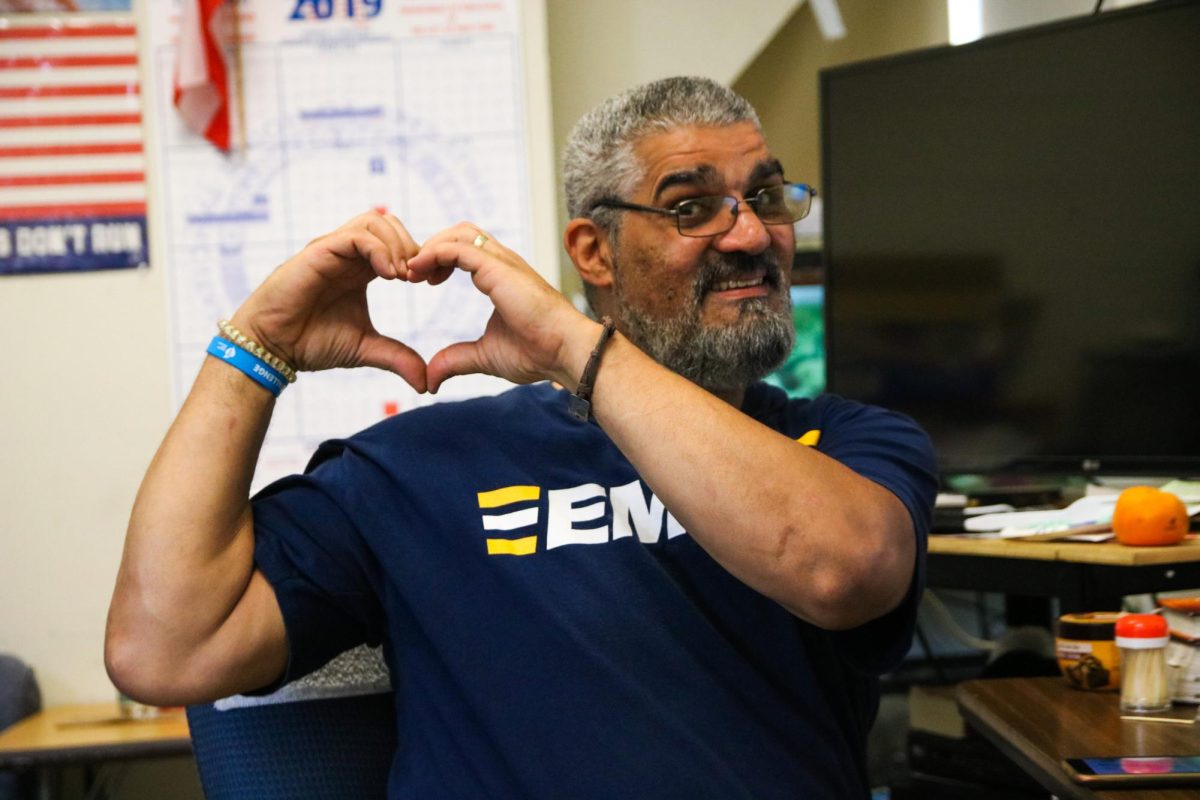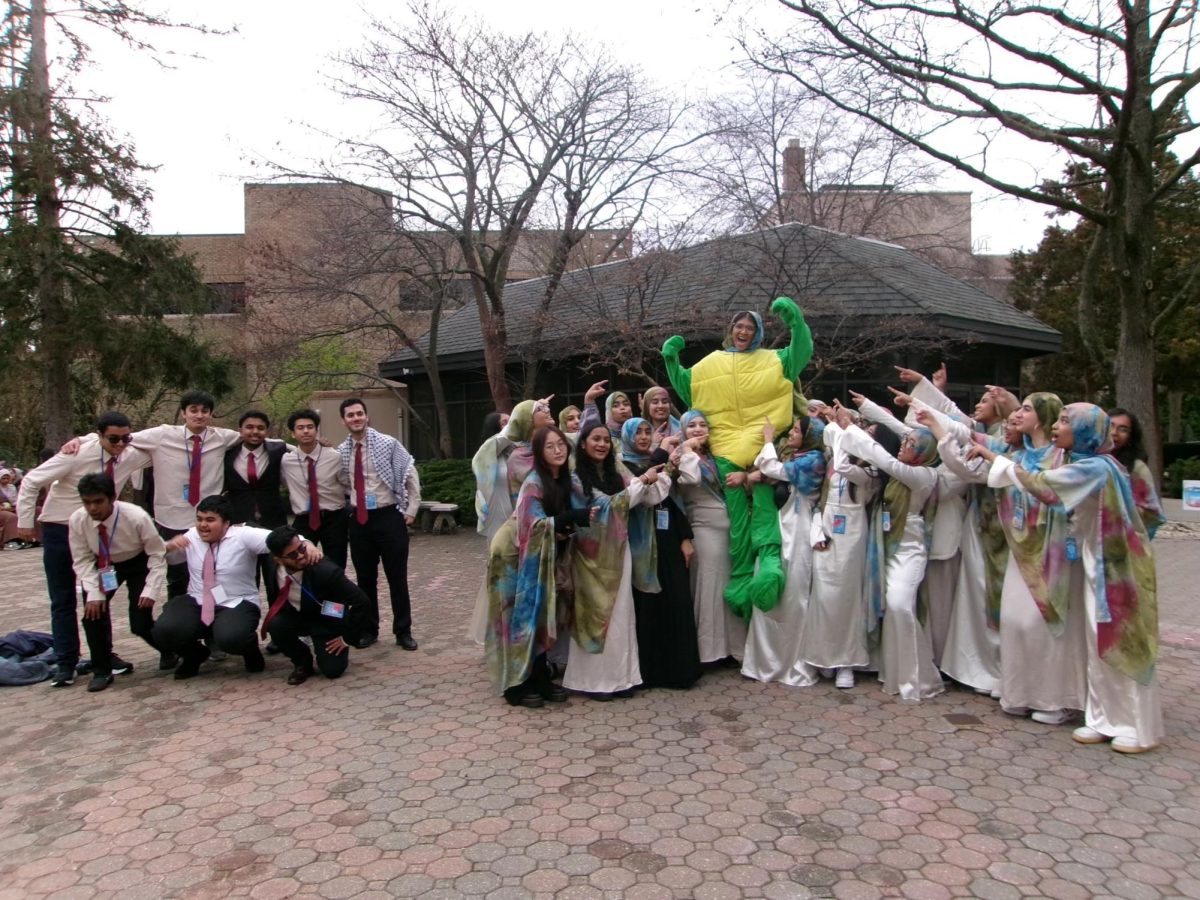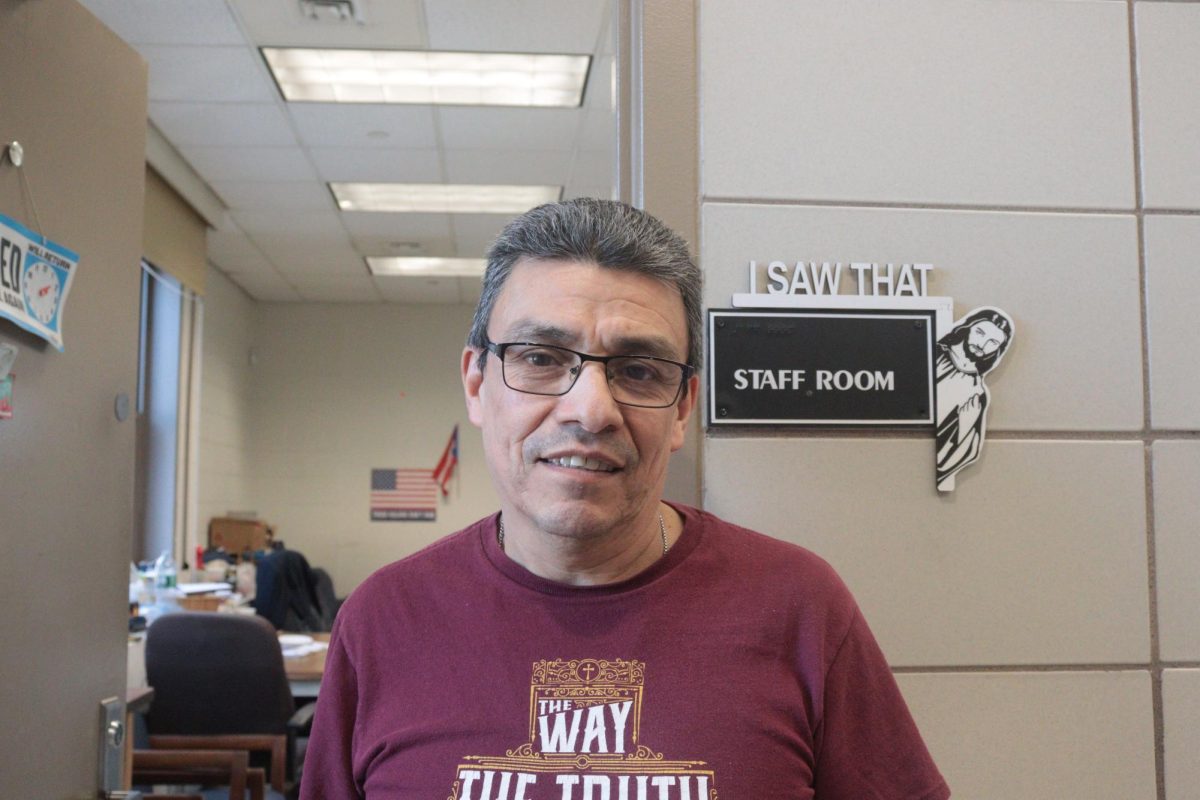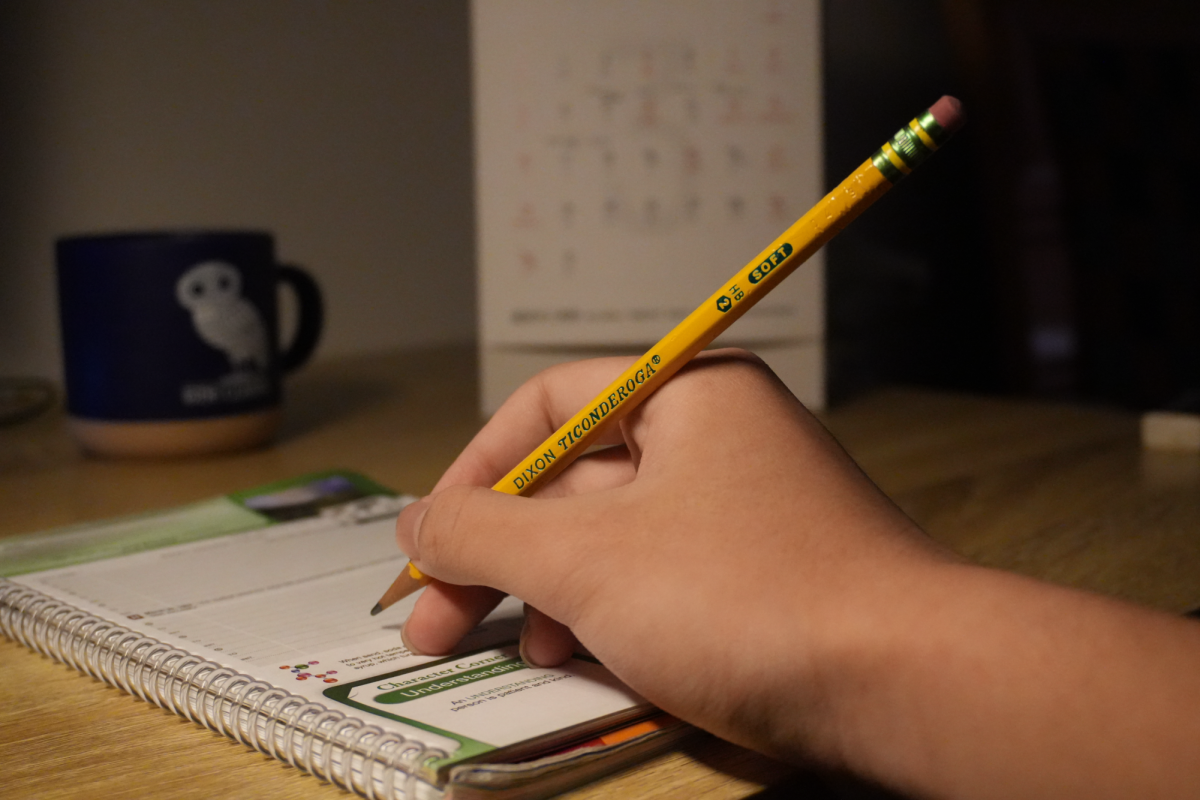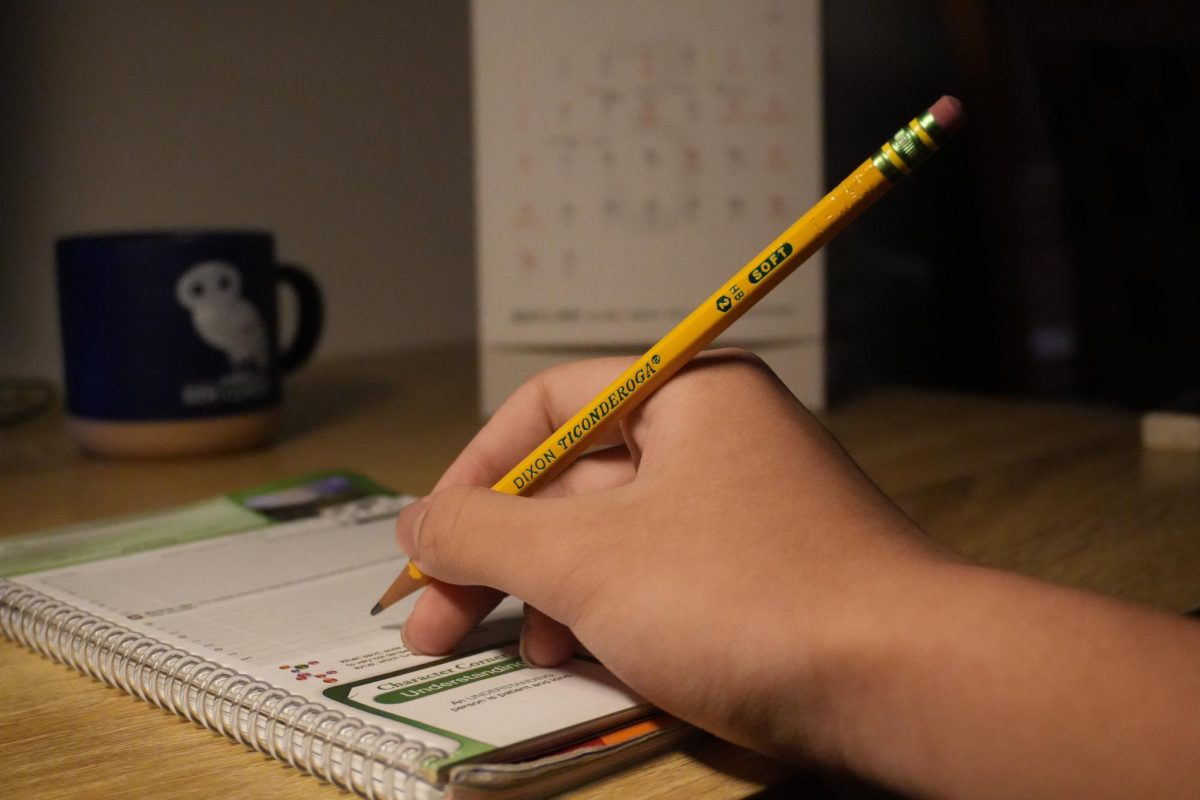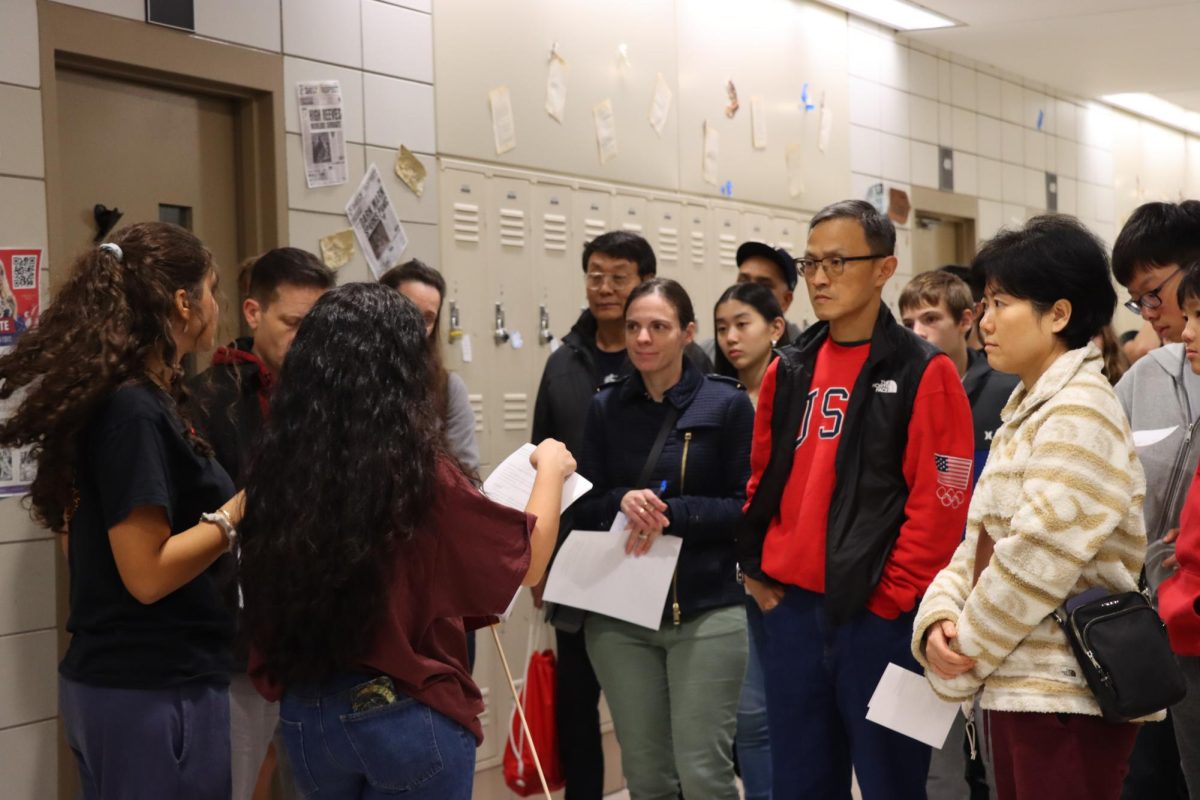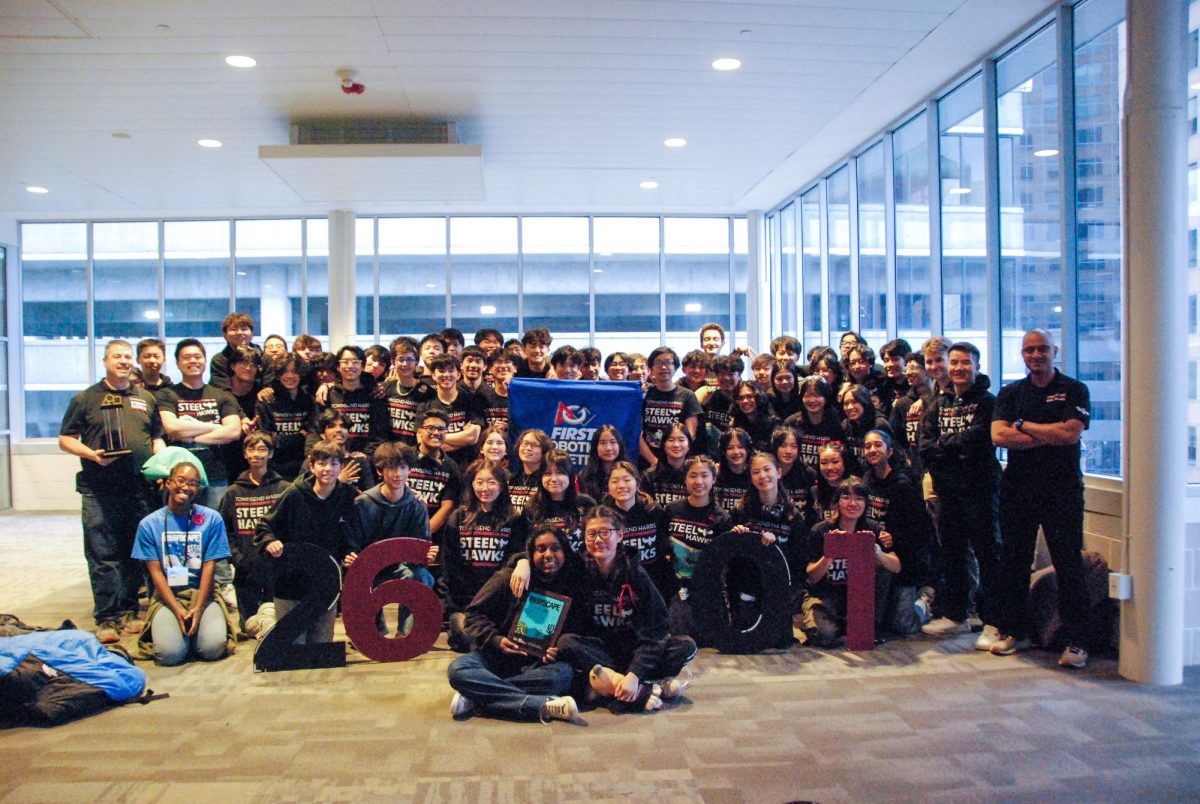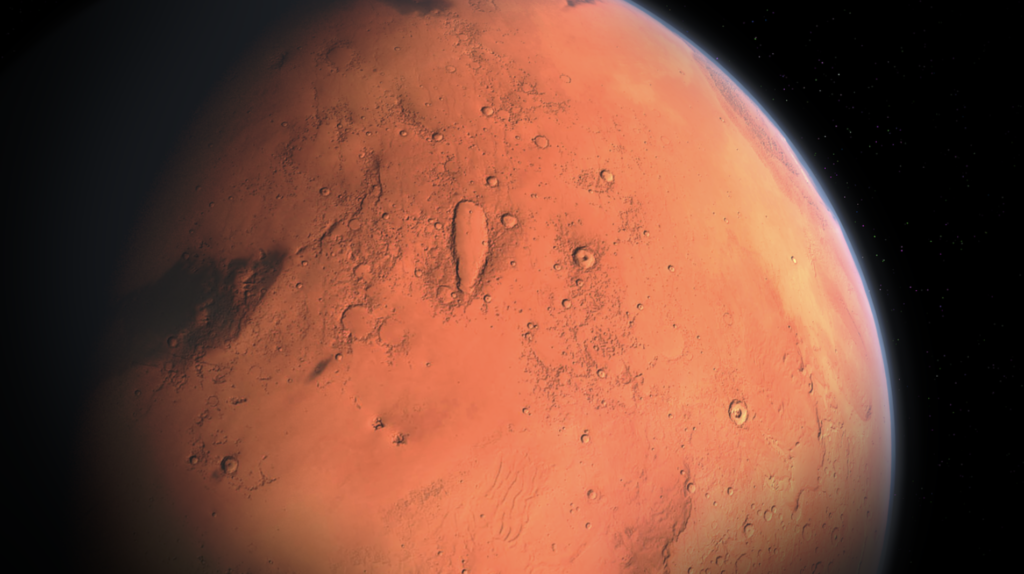
The National Aeronautics Space Agency (NASA) announced that its Opportunity (“Oppy”) rover died last February. The solar-powered robot was unresponsive for a total of eight months after a global dust storm enveloped the entire surface of Mars in June 2018. Scientists remained optimistic that Oppy would respond to their wake-up calls, but to no effect.
“I am standing here with a sense of deep appreciation and gratitude that I declare the Opportunity mission as complete,” said NASA’s associate administrator for science Thomas Zurbuchen in an announcement at the Jet Propulsion Laboratory (JPL) in Pasadena, California.
Oppy landed on Mars on January 24, 2004. The Mars explorer wandered about the Red Planet for almost 15 years, despite predictions of a mere three month life expectancy. The rover traveled a distance of 45.16 kilometers (28.06 miles) when less than half a mile would have been considered a successful mission. This redeemed NASA after the 1999 failures of the Mars Climate Orbiter and Mars Polar Lander.
Oppy’s main missions were to determine if life had ever existed on Mars, to study the climate of Mars, analyze and record Mars’ geology, and pave a path for future space exploration. The rover found the mineral hematite, which usually forms in water. She also discovered bright colored veins of gypsum in rocks, which were most likely formed when water flowed through fractures in rocks, leaving a mineral residue. This is all suggestive evidence that there was once water over an extended period of time, which could have sustained microbial life forms.
The rover explored over 100 impact craters, providing information on their formations and behavior over time. The planetary tourist has studied the Martian landscape, from its atmosphere to its dust.
“Opportunity’s accomplishments are some of the greatest in the progression of our understanding of space and other planets, specifically Mars… it was able to gather so much data that helped us have a better understanding of the universe,” senior Christopher Thomas commented.
Senior Sarah Deonarian said, “Opportunity was an incredible development in space technology that assisted us greatly in understanding what it is like to ‘live’ on Mars.”
The last response received from Oppy was on June 10, 2018. The Mars rover relies on solar energy to function. However, the great concentration of dust particles from the storm blocked sunlight from reaching the robot’s solar panels.
Another possibility is that an accumulation of dust has settled upon the rover’s solar panels or an essential component of the robot’s mechanical and electronic build-up was ravaged due to extreme weather conditions. Opportunity’s true cause of death can only be discovered if astronauts on Mars were to examine her.
“I’m surprised that [Opportunity] lasted this great amount of time, despite doubts. It’s a great motivation that the rover was able to last 98% more of the expected time on Mars,” said sophomore Sohini Alim.
When the dust began to clear on December 2018, the Jet Propulsion Laboratory at NASA attempted a series of resuscitation options for Opportunity by sending her over a 1000 commands, but all were ineffective. At last, NASA engineers attempted a final revival. On February 12 8:10 p.m., Billie Holiday’s “I’ll Be Seeing You” echoed in the hopeful hearts of the command floor, hoping it would reach Oppy 141.6 million miles away. The song ends with the lyric: “I’ll find you in the morning sun/And when the night is new/I’ll be looking at the moon/ But I’ll be seeing you.” There was no response.
In an interview with the New York Times, Professor of Planetary Geology at Washington University in St. Louis Raymond E. Arvidson commented, “Rovers and their observations resonate with people. It’s as if you were walking on the surface. It has that kind of perspective, and it’s not a particularly alien landscape.”
Christopher went on to say, “I didn’t expect to be so saddened by Opportunity’s death… considering the amount of work and the amount of scientific breakthroughs that came by means of Opportunity.”
Sarah shared her similar sentiments, remarking, “ It hurts to know Opportunity’s time on Mars has come to an end, but I hope that from its experience on Mars and the information it provided us with, we can continue to improve our rovers and technology to further understand not just what Mars is like but how our universe works and if life can exist elsewhere.”
Sohini added, “Opportunity communicated what the human race would have never been able to experience first hand, at least not yet. Her great journey into space contributed to great scientific breakthroughs that will someday lead to more scientific breakthroughs.”
NASA plans to continue exploring Mars with the Curiosity rover, which arrived in 2012, and yet another rover to be launched in 2020.
Nevertheless, Opportunity was integral to furthering human understanding of Mars. She is the epitome of progression and exceeding beyond what one once thought possible. Every stride Opportunity took towards the vast horizon of Mars, every interchange of signals sent across great space has increased our grasp of the peculiarities of the cosmos. Opportunity may be furrowed in the dust of the expansive terrain of Mars, but she is also furrowed into our hearts.

